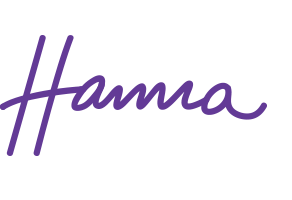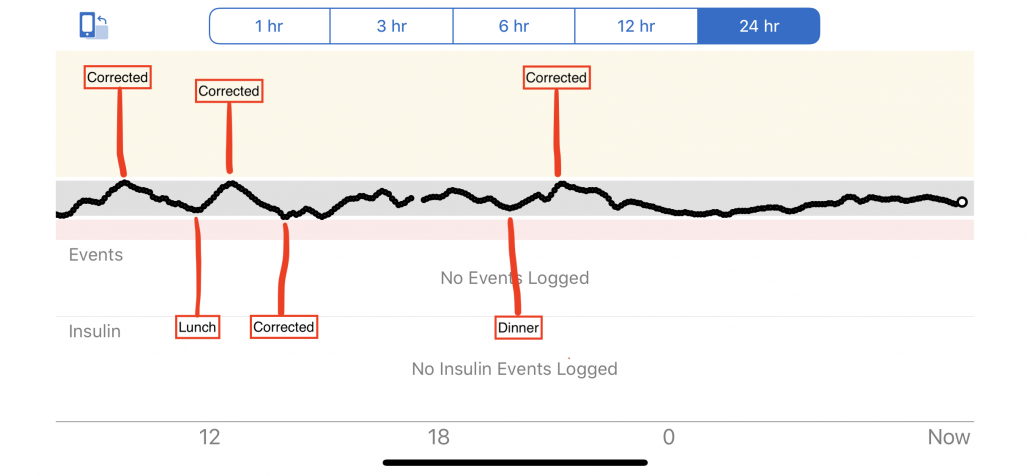My EASD2020 Summary
Last week, I was fortunate enough to be able participate in EASD2020, through a scholarship from #dedocvoices The point of dedoc and dedocvoices is to give patients the chance to hear the new information and science from the source, as well as ask questions, under the motto of “Nothing about us, without us”, and I couldn’t agree more! What an amazing group to be part of, check them out and apply to join future conferences!
I’ve summarized my main take aways (although you may have seen some on social media throughout the event, too! (see below), trends, and, perhaps most intriguingly, my main questions and/or concerns…
Below is a short summary, in case a 16 minute video is too long! 😉
+ Surprisingly much talk about ketones, ketones as fuel & ketosis.
+ Epigenetics role in diabetes complications
+ Genetic subtypes of diabetes becoming more prevalent to be considered in the future.
+ Talk of health literacy, communication, individualised, personalisation, beyond medicine, integrated diabetes care, lifestyle, EDUCATION!
+ Loved getting to know new people, companies, tools, solutions.
Questions…
– Patient perspective and expertise not acknowledged much.
– Conventional loops still can’t do anything for me at this point.
– Time-in-Range was all the rage. I find that goals are too high? Average user A1c is 8.1% of a specific pump…?
– PWD’s can’t even reach those: “TIR 60% is great 3.9-10 mmol/l (70-180 mg/dl)” “Mild hyperglycaemia, between 10-13.9 mmol/l (180-252 mg/dl)” Is it education, not the treatment, that is lacking?
– I’m a BIG believer in healthy, happy, normal blood sugars for all PWD! Where do these oranges come from? If a healthy person had a blood sugar closer to 10/180, they would be diabetic, and not healthy!
Here are my daily take away posts, for more details:
👉🏼What do you think? And what are your goal ranges for Time in Range? 👈🏼
Disclaimer
The only purpose of this video and website is to educate and to inform. It is no substitute for professional care by a doctor or other qualified medical professional. This video and website is provided on the understanding that it does not constitute medical or other professional advice or services. Instead, we encourage you to discuss your options with a health care provider who specializes in treating Type 1 Diabetes.

